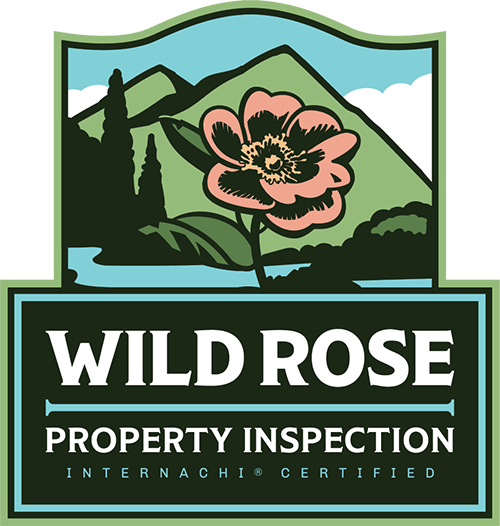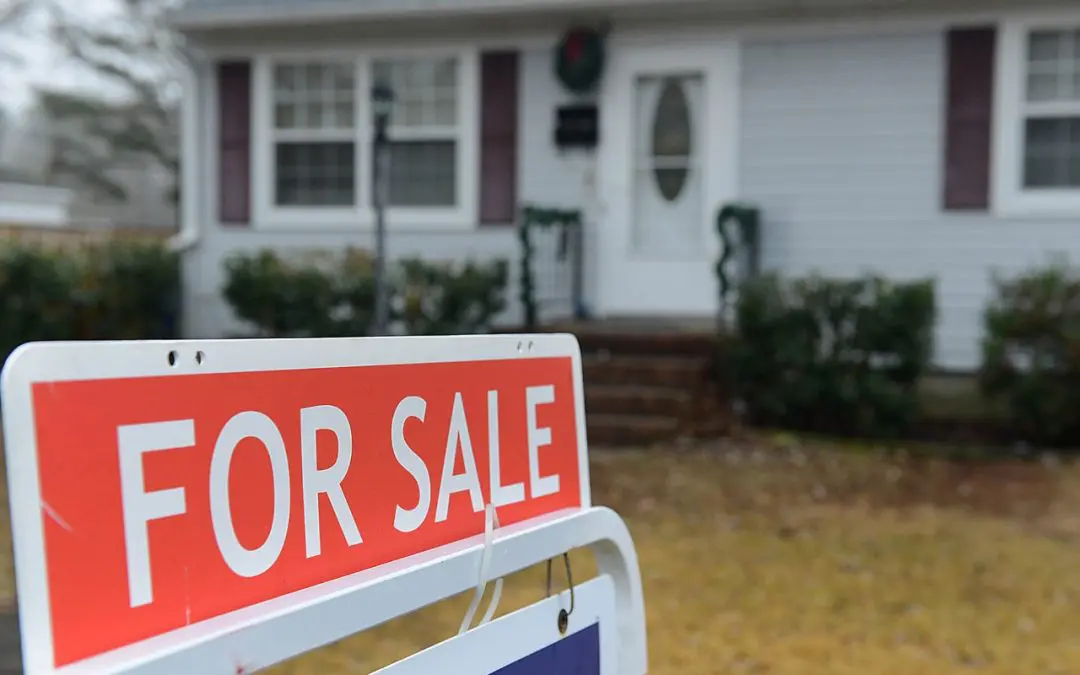Older homes possess a unique charm, often showcasing architectural styles and craftsmanship not commonly found in modern constructions. However, owning an older home also comes with its set of challenges. Here are some common concerns in older homes you should think about when you’re looking into your next home.
Electrical Concerns in Older Homes
One of the most prevalent concerns in older homes is the electrical system. Many older homes were built before the widespread use of modern electrical appliances and may not have been updated to handle current electrical demands. This can lead to outdated wiring, insufficient power supply, and potential safety hazards like electrical fires. It’s crucial to have the electrical system inspected by a qualified electrician and to upgrade it if necessary to meet current safety standards.
Plumbing Problems
Older homes often have outdated plumbing systems that can cause various issues. Galvanized steel pipes, commonly used in homes built before the 1960s, are prone to rust and corrosion, leading to leaks, low water pressure, and water discoloration. Additionally, sewer lines in older homes may be made of clay or cast iron, which can deteriorate over time and become susceptible to blockages and root intrusion. Regular inspections and potential replacement of old pipes can help mitigate these problems.
Structural Concerns in Older Homes
The structural integrity of an older home is another significant concern. Over time, the foundation and framing of the house can settle and shift, causing cracks in the walls, uneven floors, and doors that don’t close properly. Termite damage and wood rot are also common issues in older homes. It’s essential to have a structural engineer or a qualified home inspector evaluate the home to identify and address any structural problems.
Hazardous Materials
Many older homes were built before certain hazardous materials were banned for construction use. Asbestos, commonly used in insulation, floor tiles, and roofing materials, poses serious health risks if disturbed. Lead paint, prevalent in homes built before 1978, can also be harmful, especially to young children. Testing and, if necessary, professional remediation of these hazardous materials are crucial steps in ensuring a safe living environment.
Outdated Heating and Cooling Systems
Heating and cooling systems in older homes are often outdated and inefficient. Many older homes rely on oil or coal furnaces, which can be costly to operate and maintain. Additionally, older HVAC systems may not provide adequate heating or cooling, leading to uncomfortable indoor temperatures. Upgrading to modern, energy-efficient systems can improve comfort and reduce energy costs.
Insufficient Insulation
Older homes frequently have inadequate insulation, leading to higher energy bills and less comfortable living conditions. Insufficient insulation can result in drafts, cold spots, and difficulty maintaining consistent indoor temperatures. Adding insulation to attics, walls, and basements can significantly improve the home’s energy efficiency and comfort levels.
Outmoded Design and Layout
The design and layout of older homes may not align with modern living preferences. Many older homes feature small, compartmentalized rooms, limited closet space, and outdated kitchens and bathrooms. Renovations to open up floor plans, modernize kitchens and bathrooms, and increase storage space can make older homes more functional and appealing to contemporary homeowners.
Pest Infestations
Older homes are more susceptible to pest infestations, including termites, rodents, and insects. These pests can cause significant damage to the structure and create unsanitary living conditions. Regular pest inspections and preventive measures, such as sealing entry points and maintaining cleanliness, are essential in managing pest problems in older homes.
Energy Inefficiency Concerns in Older Homes
Energy inefficiency is common in older homes due to outdated windows, doors, and insulation. Drafty windows and doors can lead to significant heat loss in winter and heat gain in summer, resulting in higher energy bills. Replacing old windows and doors with energy-efficient ones and improving insulation can enhance the home’s energy efficiency.
Owning an older home comes with unique challenges, but with proper maintenance and timely upgrades, these issues can be effectively managed. Regular inspections, professional evaluations, and proactive improvements can ensure that an older home remains a safe, comfortable, and charming place to live for years to come.
FAQs
What should I do if I find asbestos or lead paint in my home?
If you discover asbestos or lead paint in your home, it is crucial to hire a professional abatement contractor to remove or encapsulate it. Disturbing these materials can release hazardous particles into the air, posing serious health risks.
How can I improve insulation in an older home without major renovations?
Improving insulation in an older home can be done without major renovations by adding insulation to the attic, sealing gaps and cracks around windows and doors, and installing weatherstripping. You can also use thermal curtains and window films to enhance insulation.
What are the risks of not updating old plumbing systems?
Failing to update old plumbing systems can lead to leaks, water damage, and mold growth, which can be costly to repair and pose health risks. Outdated pipes, like galvanized steel, can also corrode and contaminate your water supply, leading to water quality issues.
How can I prevent pest infestations in my older home?
To prevent pest infestations, keep your home clean and free of food debris, seal cracks and gaps in the foundation and walls, repair damaged screens and doors, and maintain proper drainage around your home. Regular pest inspections and treatments can also help manage infestations.
Wild Rose Property Inspection offers professional home inspections to homebuyers and homeowners in the Alberta area. Contact us to schedule our services.

